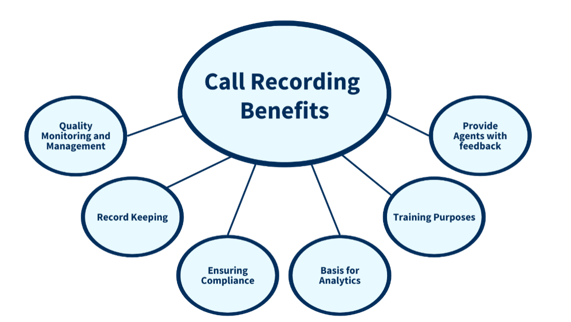These are the workforce engagement management (WEM) fundamentals that you need as your business evolves to support the entire contact center workforce.
To understand workforce engagement and its management, we first need to take a step back to understand workforce optimization (WFO). WFO was hyper-focused on cost reduction and operational efficiencies. Systematic organizations that were able to cut redundancies and structure their workforce were more profitable—but the key to a healthy and structured workforce is engagement.
Workforce engagement is the allegiance that a group of workers has to its workplace and the ability for it to confidently execute on the needs of the business in a manner that is satisfactory to the working individual. Engagement can be measured through workplace involvement, enthusiasm about their profession and their environment, motivation and more.
The management of engaging your workforce starts with an employee-centric approach. This includes offering a space where you can hear about what’s working well, what needs to be improved, accomplishments and praise within the workplace and where the business objectives of the company meet the employees’ values. There’s a sense of pride that goes along with an engaged workforce, which results in employees who aren’t susceptible to the quiet quitting movement and are ready and willing to go the extra mile.
There are tools that your company can use to take the first steps toward engaging—or re-engaging—your workforce by improving employee culture.
Self-Service Tools
Self-service options aren’t often the first thought when engaging a workforce. Offering self-service tools for customers to fix the issues they’re having on their own time cuts down on customers going through the contact center. With that relief in pressure, agents aren’t as rushed when working with a customer they have on the phone.
Quality Management
The success of your contact center is often attributed to the folks who are staffing it. With the ability to monitor every customer-facing interaction they have and measure it to your quality benchmarks, you’re able to strengthen agent performances. There are different types of quality management and monitoring:
- Total quality monitoring (100% of calls)
- Targeting of specific types of calls (e.g. key customers)
- Random sample monitoring
Call Recording
You may be asking what the difference between quality monitoring and call recording is; quality monitoring or management is just one piece of call recording. Recording your calls has many benefits, from record keeping that can help with training purposes to creating scripts and providing agents with constructive feedback, but it also helps ensure that your business is compliant.
Compliance is important when you’re handling sensitive data about your customers. They want to know—and be able to verify—that when you’re dealing with financial or personal records, it isn’t going to be put in the wrong hands.
 Performance Management
Performance Management
Performance management includes gamification, incentives for agent development and measurement of their ability to accomplish KPIs set in place. Not only will this encourage top performers to keep performing, but it will also motivate those who may not be hitting the mark.
It’s crucial to remember that while performance management can help engage your workforce, it’s a slippery slope. In order for your agents to feel a sense of ownership in the workplace, they should see how their goals align with the objectives of the business. By recognizing these accomplishments and then soliciting employee feedback, you’re creating a positive loop of employee engagement.
Workforce Management
Workforce management (WFM) is forecasting and scheduling employees in a way that fits within the cycles of the business. By ensuring you have employees with the right skill sets required for the type of business coming through your doors, you optimize your business. Employees are looking for more flexibility and you need to make sure that there are enough people working to meet the demands of your customers. WFM tools also provide insights on shift swapping. Allowing shift swapping provides flexibility that contributes to happy employees. These tools are sophisticated enough to know that if employee A wants to swap with employee B for the morning shift, that employee B has the same skills as employee A to support customers looking for help.
Analytics
Analytics from call recording and agent dashboards can turn into workable insights that inform KPIs for your agents from a different viewpoint than quality monitoring. Analytics also offer you a comprehensive view of the customer journey through key words, triggers and agent responses.
Did you know that the phrase “you guys” came up almost every time prior to the customer leaving in a negative situation? This is just one type of insight you can glean from analytics.
Where do you start to realize the benefits of an engaged workforce?
It begins with your customer satisfaction scores, your employee turnover rate and your budget. When your customers are satisfied with their experience within the contact center, they’re more likely to be loyalists to your business. Brand loyalty turns into business growth with repeat customers and word of mouth recommendations to their community, and it ultimately has a positive effect on the bottom line.
When your employees are engaged in the workplace, they are less likely to leave; training costs are reduced, pressure on the other team members is non-existent in the absence of a team member and, eventually, your company culture will recruit new team members for you.
With repeat and new customers and low turnover rates, you’ve optimized your operational efficiencies for a more profitable business.
Want to learn more about WEM? Access ConvergeOne’s white paper.





